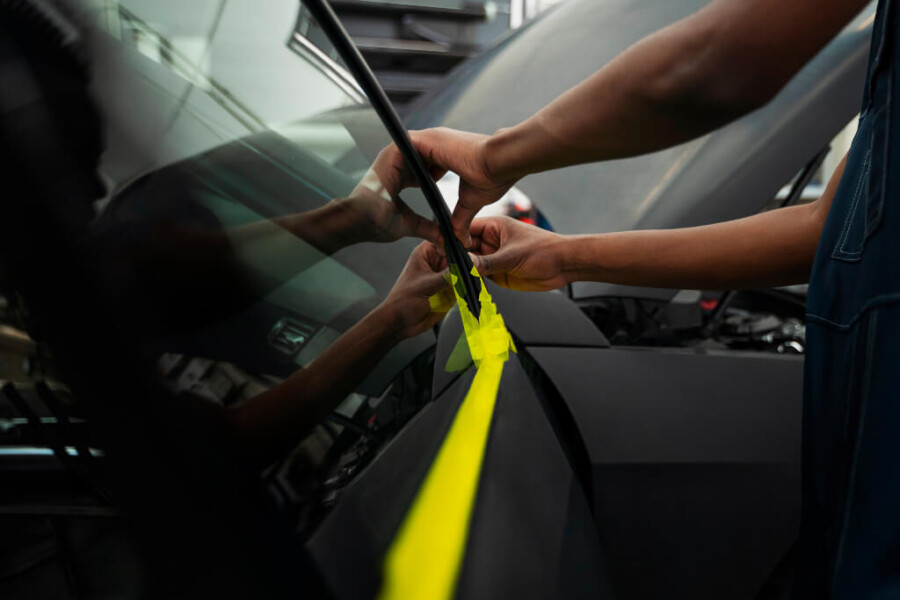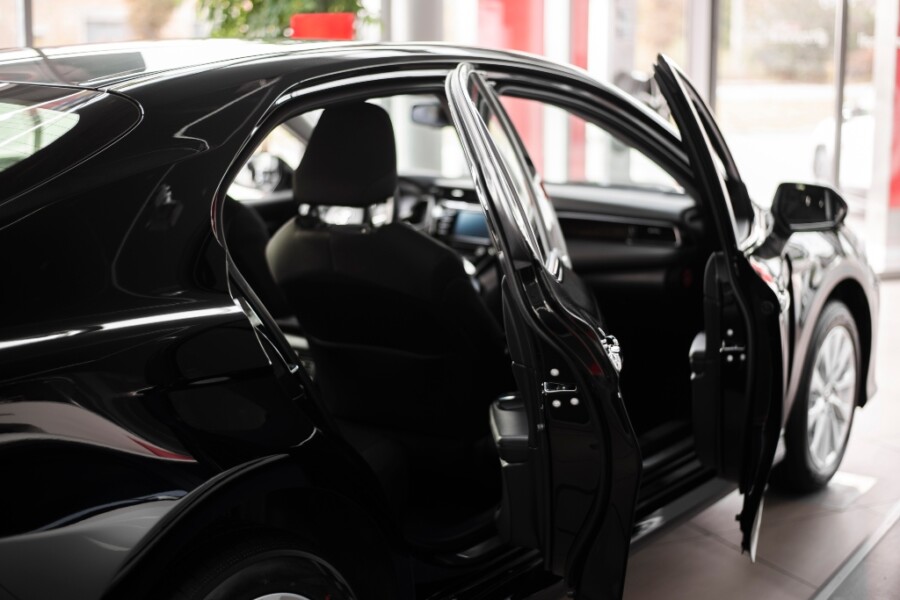¿Sabías que el grosor promedio de un parabrisas de coche oscila entre los 4,2 y 4,8 mm? ¿Y que en el caso del camión suele estar entre los 6 a 9mm? A menudo, cuando al taller parabrisas llegan vehículos para arreglar parabrisas rotos o cuando solicitan el servicio de cambiar parabrisas coche, nos podemos dar cuenta de la magnitud del daño y de lo trágico que podría llegar a resultar si se fabricaran parabrisas menos resistentes.
Si bien, cada tipo de vehículo resiste de manera diferente un daño en el parabrisas, lo cierto es que uno y otro están hecho para cumplir funciones diferentes y es allí donde radican las cualidades de cada uno por más evidentes que sean las diferencias.
En resumen, aunque las diferencias entre el parabrisas coche y el parabrisas camión son visibles, conviene precisar que la mayoría de estas diferencias están condicionadas por el uso que se le hace a cada tipo de vehículo. Mientras que el coche transita con más frecuencia en la ciudad o núcleos urbanos, el camión está pensado con un fin industrial, cuyo recorrido se realiza mayoritariamente por carretera. Veamos a continuación las cualidades más notorias que emanan de la diferencia entre los parabrisas de estos dos tipos de vehículos.
Tamaño y forma
Mientras que el parabrisas de un coche tiene un tamaño reducido, también es diferente en la forma, puesto que la gran mayoría de los camiones tienen el parabrisas plano para mejorar la visibilidad en la carretera. Además, este tipo de forma es más fácil de cambiar en caso que así lo requiera.
Pese a lo exterior, las ventajas de un parabrisas curvo o en pendiente, como sucede en el caso del coche, tiene propiedades aerodinámicas que permiten ahorrar combustible. Cosa que no ocurre en el caso de los camiones u otros vehículos de mayor envergadura.
Grosor
Como ya se ha mencionado al inicio de este artículo, del grosor del parabrisas coche o parabrisas camión dependerá un mayor o menor daño sobre el mismo en caso de colisión o algún otro contratiempo. Recuerda que por más grueso que sea el parabrisas de tu coche, eso no lo exime de una rotura por algún choque de alto impacto en donde debas cambiar parabrisas coche.
Resistencia
El espesor de los parabrisas dará al mismo una mayor resistencia. La resistencia que los camiones necesitan muchas veces viene dada por el tipo de cristal que tiene. Así, estos cristales pueden ser de tipo laminado o templado y cada uno de ellos tienen diferentes particularidades que, además de la resistencia, guardan relación con la transparencia, la seguridad, entre otros elementos.
Sistema de ventilación y desempañado
En el caso de los camiones, el sistema de ventilación suele ser más completo al tener más espacio. Así, en las lunas laterales suele haber una ventanilla para dejar entrar el aire del exterior. También, al momento de abrir la ventana, basta con que se haga solo un poco. Una ranura de obertura que en un coche puede ser pequeña, en el caso de un camión es lo suficientemente grande como para que entre un buen volumen de aire.
Asimismo, al ser el camión un vehículo de gran envergadura que viaja por carretera y muchas veces en condiciones climáticas adversas, su sistema de calefacción para desempañar los parabrisas y otros cristales es mucho más robusto.
Laminado
Este punto es de suma importancia, puesto que un correcto laminado protegerá eficientemente de la radiación provocada por los rayos UV. Esto es relevante para los choferes de camiones comerciales, de carga, frigoríficos, entre otros, que transitan largas horas por carretera.
En Ralarsa nos apasiona todo tipo de vehículo
En nuestro taller de parabrisas, atendemos las necesidades de los cristales de coche, camión, furgoneta, tractor y todo el espectro de vehículos existente. Recuerda que si tienes alguna incidencia y necesitas asesoramiento o asistencia para arreglar parabrisas roto, solo contacta a través de nuestro chat o llama al número que aparece en nuestro sitio web.
También podrás cambiar cristales coche en caso que el daño fuese aún mayor. Para eso, nuestro personal profesional en el área te dirá qué servicio es el más adecuado dependiendo de la envergadura del daño en cualquiera de los cristales.
Encuentra tu taller de lunas Ralarsa más cercano y, si no puedes desplazarte, ¡recuerda que también ofrecemos servicio a domicilio o donde se encuentre aparcado tu vehículo!





